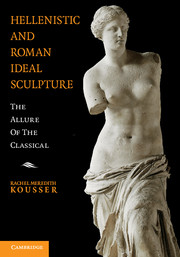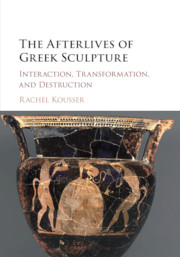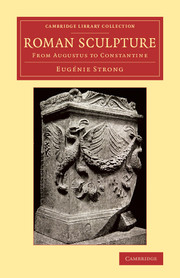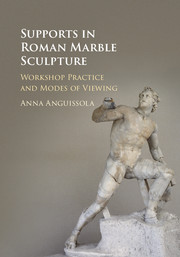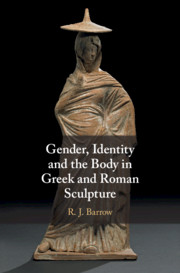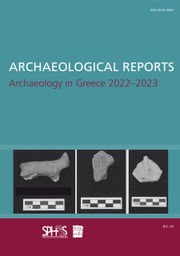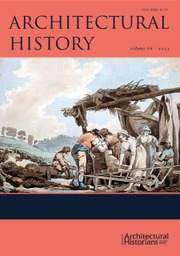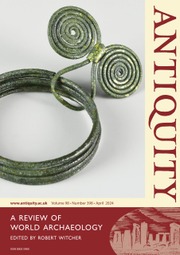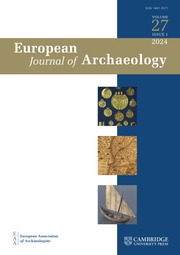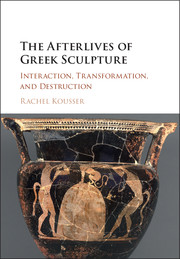Hellenistic and Roman Ideal Sculpture
In this book, Rachel Kousser draws on contemporary reception theory to present an approach to Hellenistic and Roman ideal sculpture. She analyzes the Romans' preference for retrospective, classicizing statuary based on Greek models as opposed to the innovative creations prized by modern scholars. Using a case study of a particular sculptural type, a forceful yet erotic image of Venus, Kousser argues that the Romans self-consciously employed such sculptures to represent their ties to the past in a rapidly evolving world. Kousser presents Hellenistic and Roman ideal sculpture as an example of a highly effective artistic tradition that was, by modern standards, extraordinarily conservative. At the same time, the Romans' flexible and opportunistic use of past forms also had important implications for the future: it constituted the origins of classicism in Western art.
- First scholarly analysis of a Classical Greek statue type, throughout all media and over time, addressing historical evolution and Roman adaptation for context rather than adherence to an original
- Includes a re-evaluation of major monuments such as the Venus de Milo, Column of Trajan and Arch of Constantine
- Covers major topics of contemporary interest, such as the transformation of Greek art in Rome, metropolitan art in the provinces, and pagan art in the newly Christian Roman Empire
Reviews & endorsements
'Kousser demonstrates how careful iconographic analysis of the material can be insightful and help us understand better the importance of sculpture in specific contexts.' Bryn Mawr Classical Review
'This book is an in-depth examination of a widespread visual motif in ancient art, most famously represented by the Capua Venus and the Victory of Brescia. Kousser presents many intelligent and thought-provoking interpretations of individual works.' Classical Journal Online
Product details
January 2015Paperback
9781107699700
223 pages
254 × 178 × 11 mm
0.55kg
Available
Table of Contents
- 1. Creating the past: the origins of classicism in Hellenistic sculpture
- 2. From Greece to Rome: retrospective sculpture in the early empire
- 3. From metropolis to empire: retrospective sculpture in the high empire
- 4. From Roman to Christian: retrospection and transformation in late antique art.

